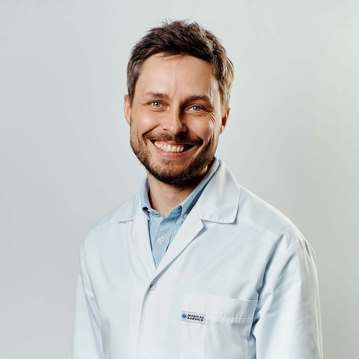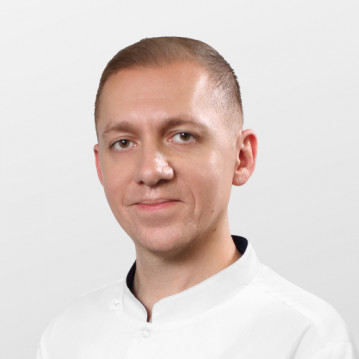Causes and factors contributing to the occurrence of obsessive-compulsive disorders
There are several theories that explain the occurrence of obsessive-compulsive disorder with varying degrees of probability. The most proven is biochemical, according to which a violation of the synthesis and secretion of neurotransmitters (substances involved in the transmission of nerve impulses between neurons) leads to this mental disorder.
The biochemical theory has a close relationship with the theory of organ damage to the brain (trauma, tumor, infection, vascular pathology) and endocrine changes in the body, since all these pathological conditions can directly affect the metabolism of neurotransmitters in the nervous tissue.
The risk of developing obsessive-compulsive disorder is significantly higher in people with an accentuation of personality, with a history of mental trauma, serious conflict or chronic stress. A certain influence is exerted by the social environment of a person, his upbringing, attitude to people around him, things, events.
Obsessive-compulsive disorder can be hereditary or occur with genetic breakdowns.
The clinical picture of obsessive-compulsive disorder
Obsessive-compulsive disorder begins with an obsession, which may be accompanied by anxiety. Obsession is characterized by duration, repeatability, suspiciousness. It is impossible to get rid of such thoughts even by willpower, which depresses a person even more. Obsessions can be various images or drives, sometimes completely foreign to the patient. Fighting them does not bring any success.
The only way or way to get rid of obsessive thoughts is compulsions - the same obsessive actions, a cycle of the same, stereotyped actions. Although in reality these actions are useless, meaningless and have no real benefit, they can get rid of obsession, which, in the end, brings a sense of temporary satisfaction, a completed job or a "completed duty". As well as with obsessive thoughts, the patient is not able to independently deal with compulsions.
Anxiety accompanying obsessive-compulsive disorder occurs in those situations that can provoke another exacerbation: leaving the house (checking the door lock is closed, electrical appliances turned off), leaving the bath (checking taps), touching various objects (washing hands for fear of contracting )
Treatment for Obsessive Compulsive Disorder
Given the high proportion of psychological factors in the occurrence of obsessive-compulsive disorder, a method of psychotherapy shows good results in the treatment of this disease. At K + 31 Clinic, cognitive-behavioral psychotherapy is widely used, aimed at teaching one's own conscious resistance to obsessive states. Initially, the patient learns to suppress compulsions, and subsequently learns to overcome obsessions.
Psychotherapy is carried out both in the form of individual lessons, and in a group with similar patients, which adjusts to the result, allows you to achieve success faster.
To achieve the maximum effect, drugs from the group of antidepressants, tranquilizers and antipsychotics are prescribed.











